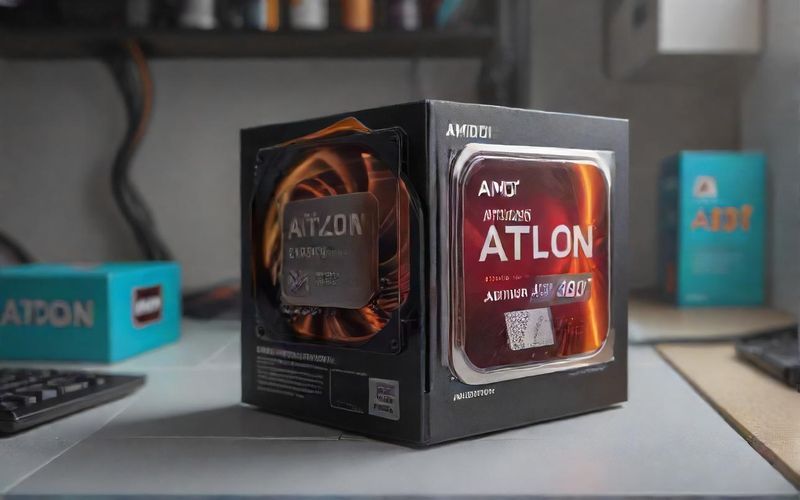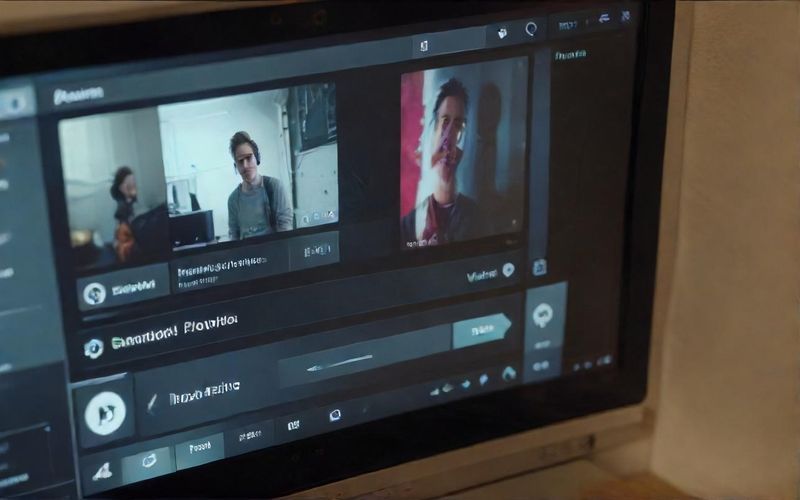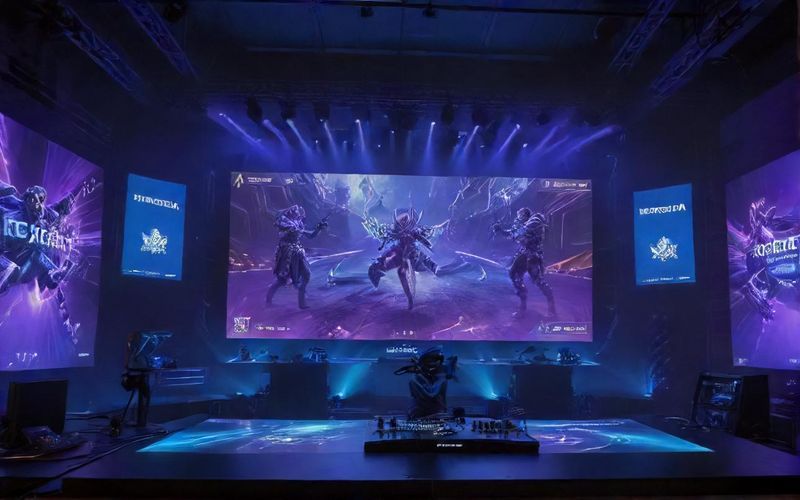AMD Revives Athlon 3000G: Budget PC Secret?

This particular processor, originally from 2019, was AMD's way of offering a dual-core, four-thread option on their AM4 platform. It's got integrated Vega 3 graphics, which, to be frank, is best suited for basic tasks like office work, web browsing, or very light gaming. Think of it as a workhorse for a budget-friendly office PC or a compact home media center. The new version uses a slightly tweaked design, the Dali architecture, which is essentially a more cost-effective way for AMD to produce it. Even though the underlying performance is pretty much the same as the original, the refreshed packaging and cooler make it a more appealing option for those looking for simplicity and affordability.
What’s really catching my attention, though, is the whole strategy behind bringing back older tech. As Tom's Hardware pointed out, AMD isn't alone in this. Intel has also reintroduced older architectures. It seems there's still a definite market for these entry-level components. However, there's a significant caveat: compatibility. Even though it's an AM4 chip, modern motherboards, especially newer ones like the B550 or A520 chipsets, might not recognize it. The BIOS firmware simply might not have the space to store support for such an old CPU. This makes it a bit of a gamble if you're not already on a compatible motherboard or don’t do your homework beforehand.
It makes you wonder, in an age of rapid technological advancement, where does the value of these foundational, yet aging, components truly lie? Is this a sign of market saturation, or a smart move to cater to a segment that's often overlooked?









